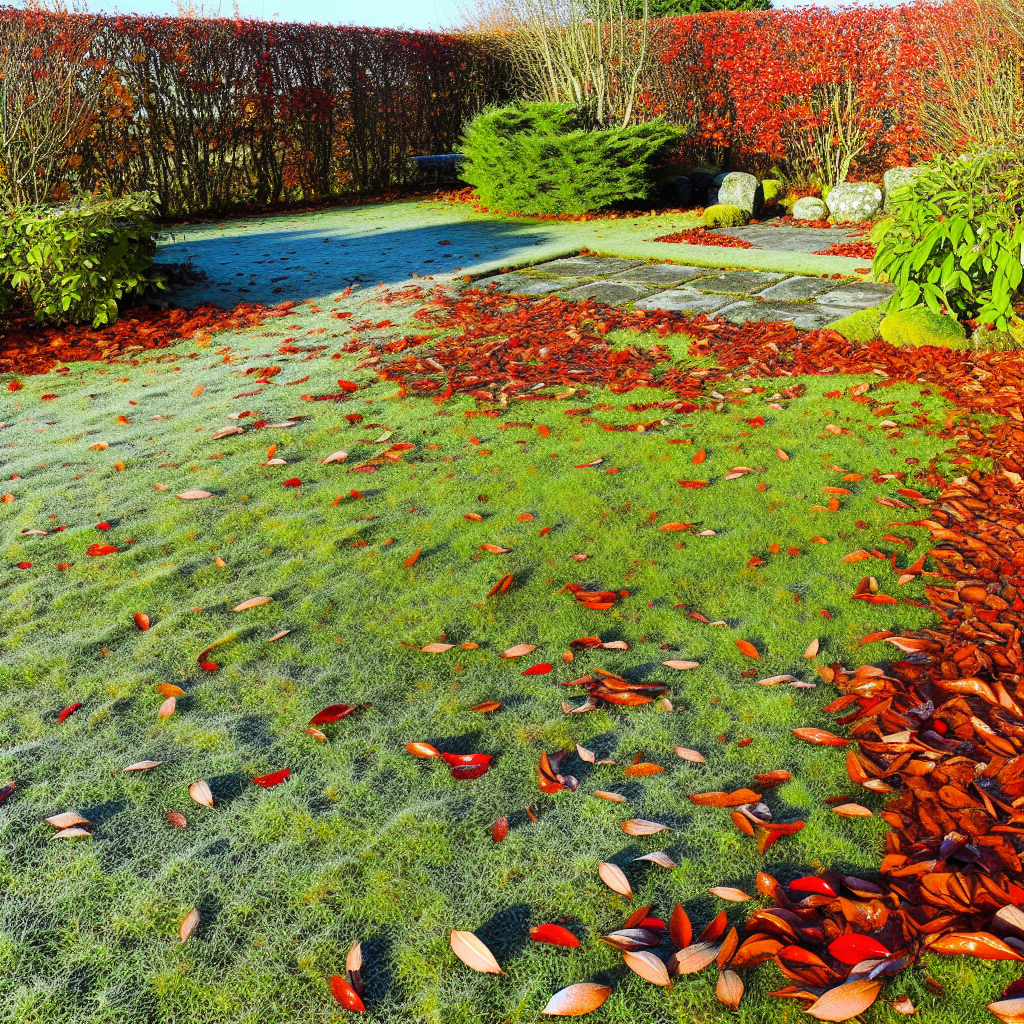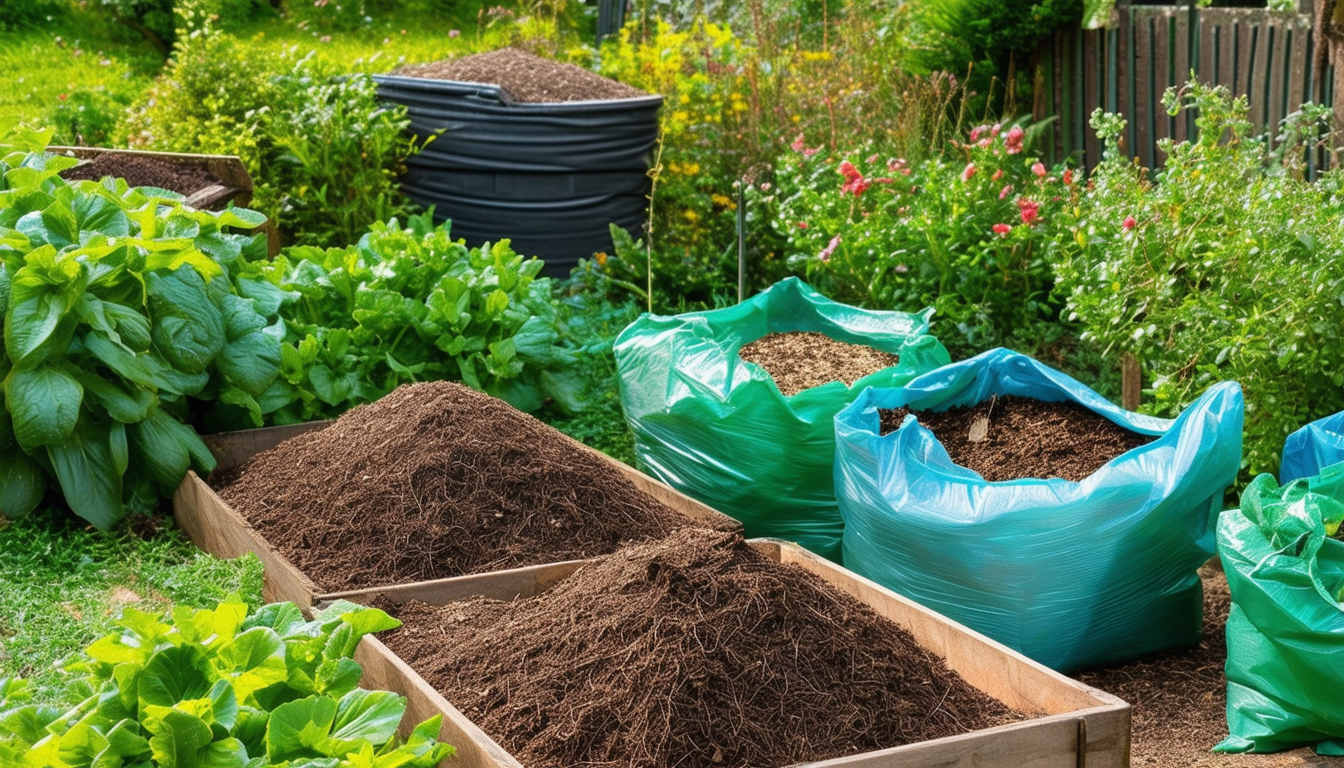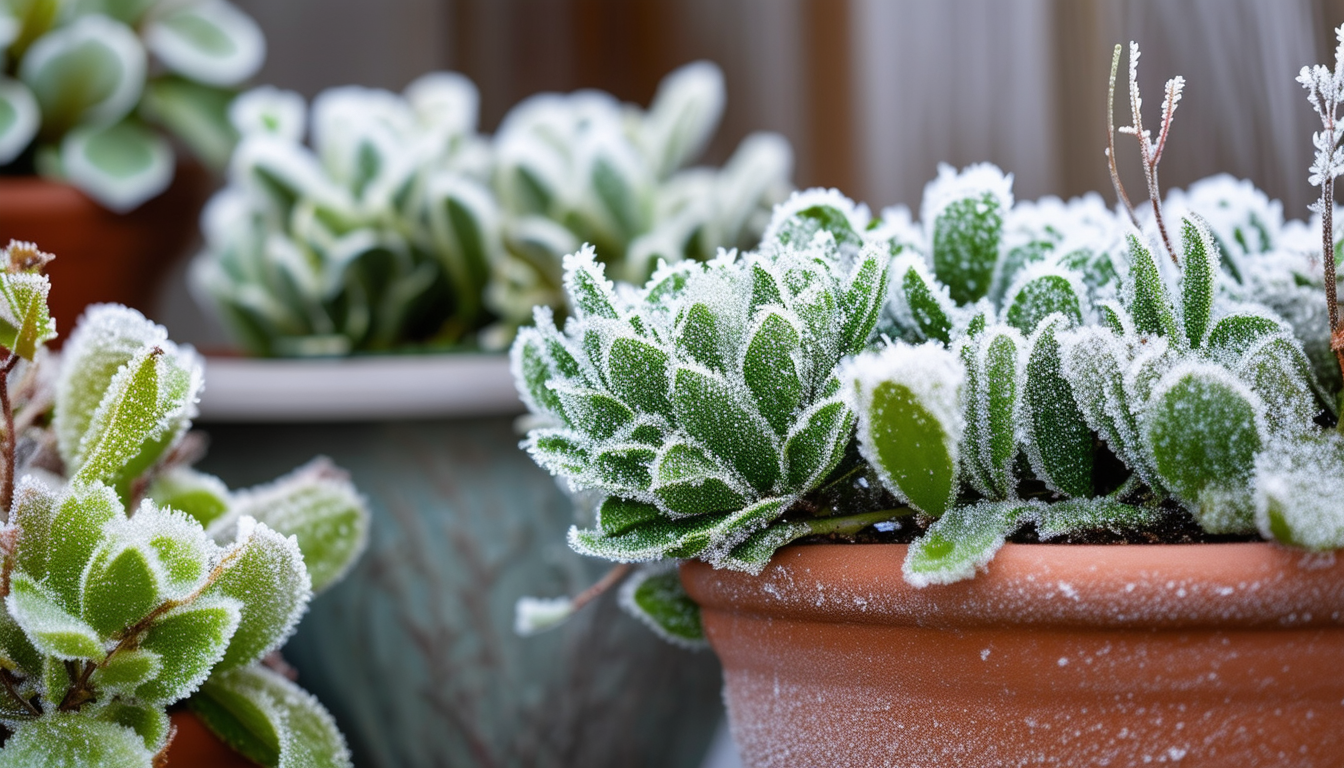
Discover how to rejuvenate your lawn this autumn with these essential care tips that ensure a lush, healthy yard come spring.
Understanding Your Lawn's Autumn Needs
Autumn is a critical time for lawn care because your grass is recovering from the summer heat and preparing for the cold winter months ahead. Understanding the specific needs of your lawn during this season can help you provide the best care.
During autumn, your lawn requires ample nutrients to bolster its growth and health. Cooler temperatures and increased rainfall create an ideal growing environment, making it the perfect time to address any summer damage and prepare the grass for winter.
Key Steps for Autumn Lawn Feeding and Fertilization
Feeding your lawn in the autumn is essential for maintaining its health and preparing it for the winter. Apply a high-quality, slow-release fertilizer to provide your grass with the necessary nutrients over an extended period.
It's also a good time to add organic matter, such as compost, to improve soil structure and nutrient content. Be sure to follow the manufacturer's instructions for the correct application rates and timings.
Effective Weed Control Strategies for the Fall
Autumn is an excellent time to tackle weeds, as many of them are actively growing and more vulnerable to treatments. Use a selective herbicide to target broadleaf weeds without harming your grass.
Additionally, maintaining a healthy lawn through proper mowing, fertilization, and watering can help prevent weed infestations by promoting dense grass growth that crowds out unwanted plants.
Optimal Mowing Techniques for Late-Year Lawn Health
Adjusting your mowing practices in the autumn can significantly impact your lawn's health. Gradually lower your mower height as the season progresses, but avoid cutting the grass too short, as this can stress the plants and make them more susceptible to disease.
Aim to keep your grass at a height of about 2.5 to 3 inches. Regular mowing at this height helps to maintain healthy growth and reduce the likelihood of fungal problems.
Prepping Your Lawn for Winter: Essential Maintenance Tips
Properly preparing your lawn for winter is crucial for ensuring it emerges healthy and vibrant in the spring. Start by raking up fallen leaves and other debris, as they can smother your grass and create a breeding ground for diseases.
Aerate your lawn to alleviate soil compaction and improve water and nutrient penetration. Overseeding can also be beneficial, especially if you have thin or bare patches, as it promotes thicker, more resilient grass growth.



